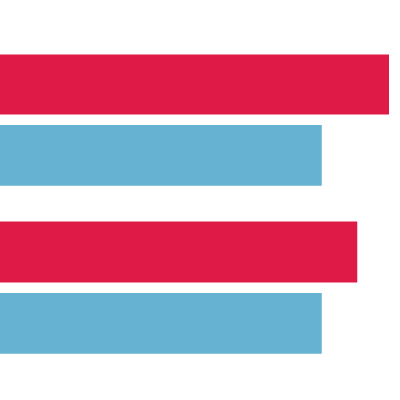Relationship between living standards and health
21 December 2022

Key points
- People who report their health is less than good are more than twice as likely to be unable to afford a good standard of living.
- On a list of things associated with a good standard of living, the ones people with less than good health are least able to afford are replacing worn-out furniture and going on holiday.
Money and resources can affect health in a number of ways. People need a certain level of income to be able to afford the basics for a healthy life, such as food and quality housing. Higher incomes enable people to have more choice, and this often means they have access to healthier options.
The chart shows the proportion of working-age adults (aged between 16 and 64 years) who are not able to afford different essential items and services. The data is divided into those who report ‘good’ health and those who report ‘less than good’ health (on a scale of ‘very good, ‘good’, ‘fair’, ‘poor’ and ‘very poor’).
- For people in both ‘good’ (7%) and ‘less than good’ (22%) health, the items they most often could not afford were a holiday once a year and replacing worn-out furniture.
- All of the indicators of material deprivation are at least twice as likely to affect people with less than good health than those in good health.
- The biggest proportional difference is for people being able to afford to make savings of £10 a month or more. A total of 10% of people reporting their health as less than good could not afford to keep their accommodation warm, which is over three times higher than the proportion of people reporting good health who could not afford it (3%).
- Those in poor health were 2.5 times more likely to be unable to afford to keep their accommodation warm (5% versus 2%).
While all indicators of material deprivation are more associated with poor health, some are more strongly associated than others. This highlights inadequacies in social security and other financial support.
- Self-rated health is a measure of health from the Family Resources Survey based on a five-point scale from ‘very good’ to ‘very poor’. Other options include ‘good’, ‘fair’ and ‘bad’.
- Material deprivation is defined as a situation in which people lack a range of necessities because they cannot afford them.
Source: Department for Work and Pensions, Family Resources Survey 2019/20







